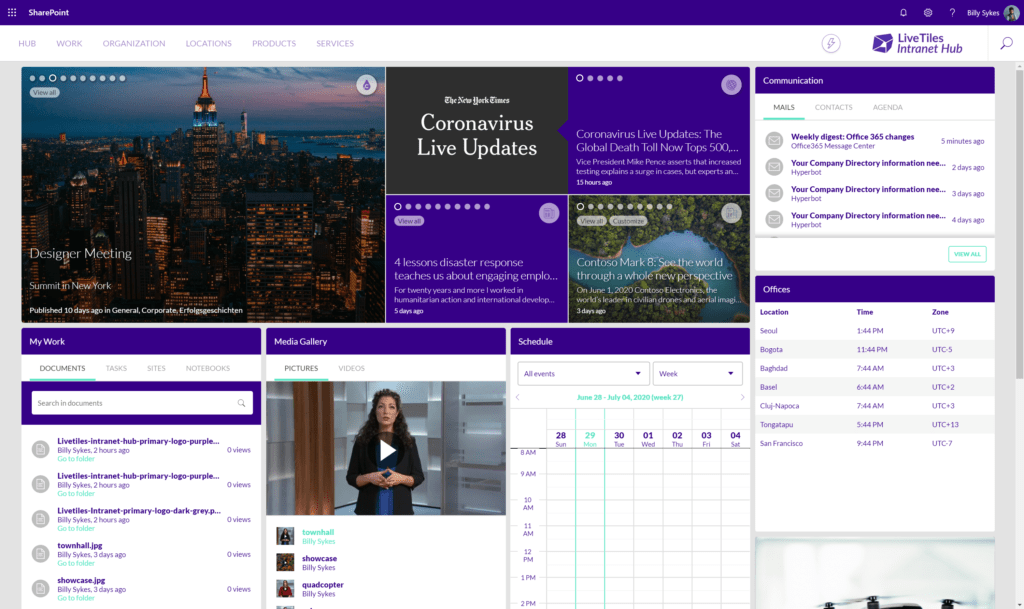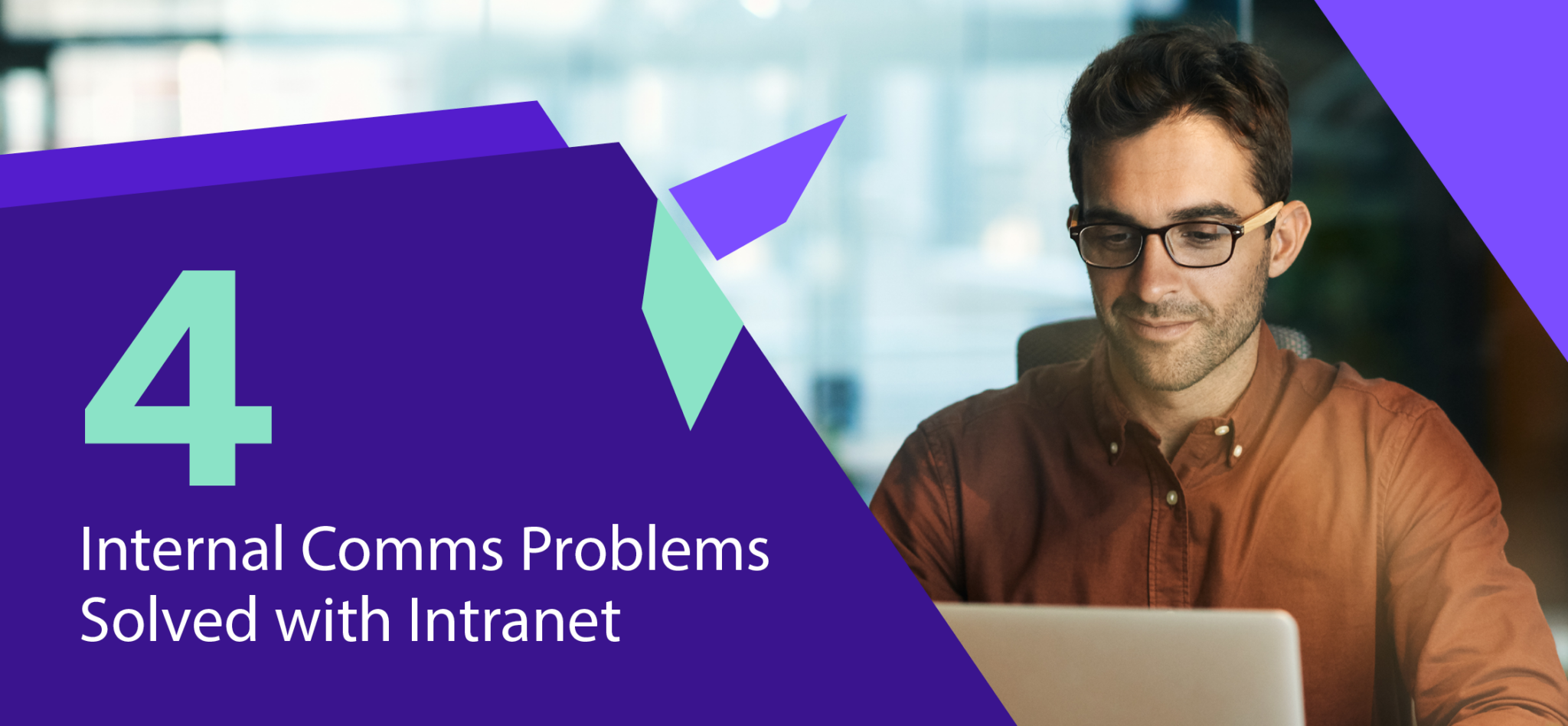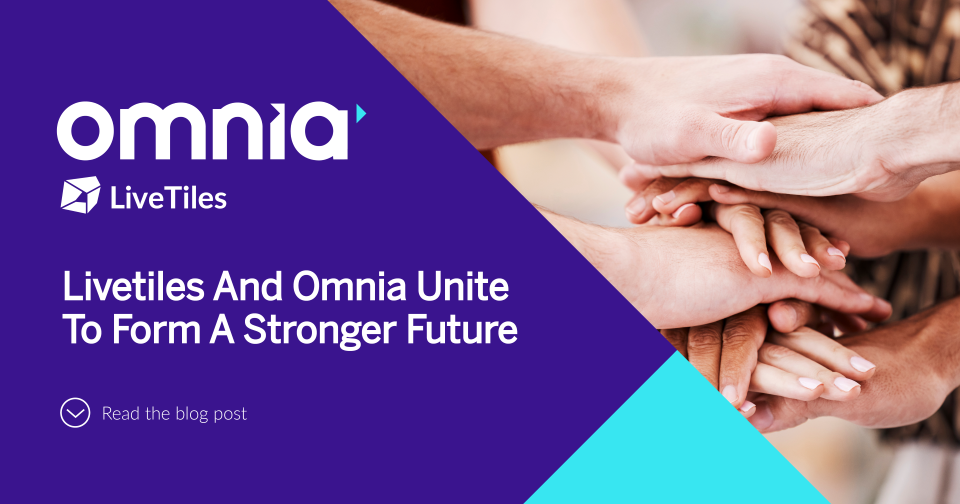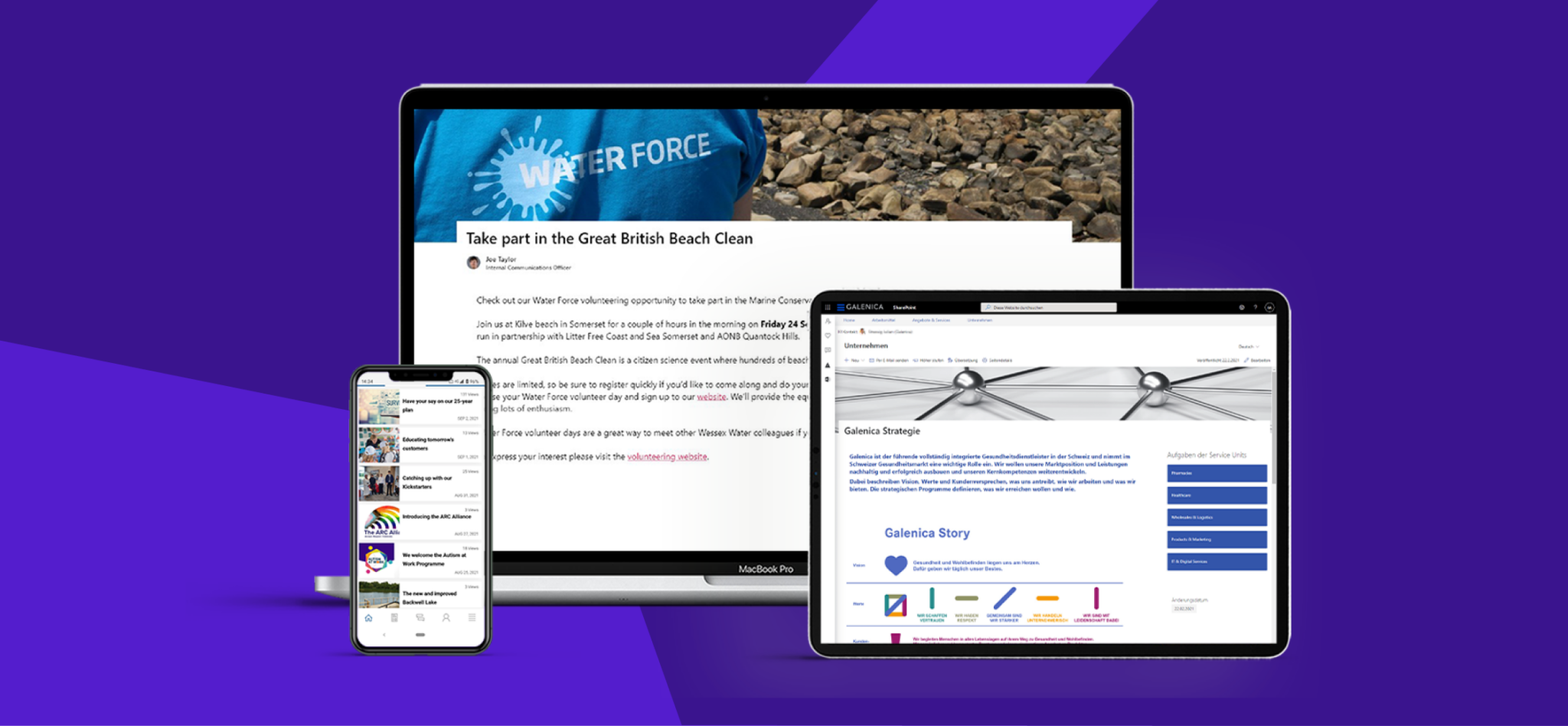Hybrid and Remote workplaces are here to stay
2020 saw tens of millions of employees in the US forced into full-time remote work, and for others, in-office work was severely restricted for health and safety. While there is variation across industries and occupations, the trend for remote work is expected to continue especially for professional and office workers. In fact, a survey by the Conference Board uncovered that a third of companies expected 40% or more of their employees to work primarily remotely moving forward.
Now, we’re more ore than a year into the pandemic and with vaccines becoming more readily available – WFH still not taken away the anxiety many workers have around returned to the in-person working. In fact, a recent study by the American Psychological Association shows almost half (49%) of employees feel uneasy about returning to in-person interactions.
However, as many workforce surveys show, there is still desire from many to have the option to come to a physical workplace/office and reap the benefits it has for team collaboration, morale, and mental health. This kind of hybrid working arrangement offers many benefits to employers and employees.
As workplaces continue to evolve with the changing conditions, the need to effectively onboard new hires has not gone away. This blog explores the impact of effective employee onboarding, strategies, and processes for onboarding remote and hybrid employees, along with how digital workplace technologies can contribute to a smooth onboarding experience.
Importance of an effective onboarding program
We all know that first impressions count, and this is especially true when it comes to those first few weeks of a new job. Getting it right can lead to highly engaged and high producing employees. However, the other side of the coin is true as well. If onboarding is not taken seriously and thoughtfully organized to support your employee, this process can quickly lead to a disengaged team member.
While the below is not an exhaustive list, the most notable benefits of a good onboarding program are:
- Lowering employee turnover – Employees who have a great onboarding experience are 69 percent more likely to stay with a company for three years.
- Increasing employee performance – an onboarding program that clearly communicates company and role expectations can lead to as much as 11% improvement in performance.
- Cost and time savings – Organizations who establish effective onboarding processes, don’t need to be constantly recruiting to backfill roles. Rather it can free up HR teams and managers for higher-value tasks, like training, career development, and mentoring programs which support employee satisfaction.
How to effectively onboard a new employee in remote or hybrid organizations
The components of an effective onboarding program for an in-person office environment are still applicable for remote and hybrid working. But the tools and mechanisms of delivery need to be revised and often supported by technology.
The below is a list of how onboarding processes can be evolved to better support remote workers:
- Handbooks – Employee Handbooks remain an effective tool to clearly communicate company goals, policies, employee benefits, etc. but thankfully in 2021 these no longer need to be printed and bound. Technology like employee portals, intranets, employee mobile apps, even email can provide these essential employee communications digitally and even in an interactive way via video or a learning platform. Technology can also ensure that essential policies (i.e. Workplace Safety, Employee Handbooks remain an effective tool to clearly communicate Anti -Discrimination and Sexual Harassment) are agreed to and compliance requirements are met.
- Payroll and Benefit Onboarding– Getting set up for payroll and benefits is a key part of onboarding. This process often requires executing forms – like tax forms, bank details, health enrolment, and even HR onboarding-focused pieces like providing emergency contacts. Whether a company has invested in an HRIS system or not, solutions such as employee portals, workflow tools, and e-signature solutions can make this part of onboarding a breeze (and maintain that they are securely stored in your document storage).
- Checklists – The good ‘ol onboarding checklist still serves as an important reference to ensure that tasks are completed on time and deliver the best onboarding experience. There are many hands/departments who contribute to that first experience (i.e. IT provides system access and hardware). Digital workplace tools like workflows, document sharing, and employee portals can streamline this process and meet the needs of remote/hybrid workplaces.
- Onboarding program – A more structured onboarding program can optimize a positive experience for your new hire. Thus serving as the baseline for both short and long-term success in their role. Key elements of a successful onboarding program are operational (materials, manuals), social (business relationships, sense of belonging), and strategic (company goals, mission). Your digital workplace can also support such an onboarding program and ensure that the key goals and checkpoints are not missed.
- New Hire orientation – Getting to know those in your immediate team is a huge help to be able to understand who you can turn to for help, their area or areas of specialty, and where in the world they are located. Just because a welcome lunch or coffee is challenging right now, does not mean it cannot happen. With the advancement of video technology tools, like Microsoft Teams, large groups can now come together virtually.
“This new way of working means whether you’re on the road, in the office or at home the level of experience needs to be consistent for all those collaborating.” – Tariq Moanah Digital Product Lead responsible for Digital Workplace Experience Legal & General Digital
The role of your Digital Workplace in effective employee onboarding
So where does technology fit in to support a successful onboarding program? As outlined in the above list, your digital workplace can play a key role in ensuring your remote and hybrid new hires are supported, the same goes for employees changing roles. Investing in technical solutions that provide structure, consistency, and automation of the first days on the job or transition into a new role; can deliver a superior experience in some ways compared to older manual processes, but it can also ensure that the essential human and team-building elements are not overlooked.
Here are the key digital workplace solutions you can employ for your onboarding program:
- Portals and Intranets – These solutions provide a central place where policies, documents, forms, FAQs, handbooks, and more can live. New hires don’t need to navigate to multiple systems. An important consideration for digital workplace owners is to keep in mind is making these solutions mobile-friendly, for the deskless workers and the agile nature of work. SharePoint continues to be the leader in the intranet market, with a strong network of partners like LiveTiles who extend on the platform.
- Document Storage– Supporting your portal/intranet should be a well-structured document and file repository like OneDrive. Features like document versioning, co-authoring, security permissions, support the effective creation of onboarding materials, as well as getting them in the right hands and enforcing the privacy of personal information that is shared in the onboarding process.
- Video Call & Chat – While overuse of video can be a burden on employees, (aka Zoom Doom) when used effectively it can support the team connection, especially for new staff. For millions of companies, Microsoft Teams has played that glue to keep the team effective and connected, while also providing ease of access to documents, emails and other M365 tools.
- Process Automation – There are many time-sensitive processes during new employee onboarding, investing in process automation tools can ensure that these are not missed, and new staff does not get overlooked when it comes to system access, company meetings, or even payroll and benefits. For organizations using the Microsoft stack, the Power Platform lets you build end-to-end business solutions.
- Personalization & Targeting – As part of your onboarding plan, you should consider the balance of too little information vs too much and overwhelming new employees. Your digital workplace can help you achieve that balance by surfacing only the relevant communications at the right time. Knowing your people, their role, department, location, language preferences, supports the effective delivery of business communications especially those working remotely.
- Employee/Skill Search – The social element of employee onboarding is essential for new employees to feel part of the team and want to stay long term. While co-workers and managers can help connect new hires to experts, department heads, and more – this can be done more effectively through employee search and skill search solutions. We go into this in more length in our blog 5 ways employee profiles help with onboarding remote employees

Ultimately, investing in your digital workplace for onboarding new employees will provide value immediately and for the long term; even as organizations consider and plan for getting back into the office. Want to hear more and gain valuable insight into how you can put these tips into practice as you plan for hybrid work? Join us on May 11, and learn from Microsoft MVP, Richard Harbridge on how you can accelerate employee onboarding and your hybrid workplace with Microsoft 365 or check out this checklist from our partner 2toLead here.
We also explore the Hybrid Workplace and the importance of employee experience in more detail in the Digital Workplace Trends 2021 Report – grab your free copy









